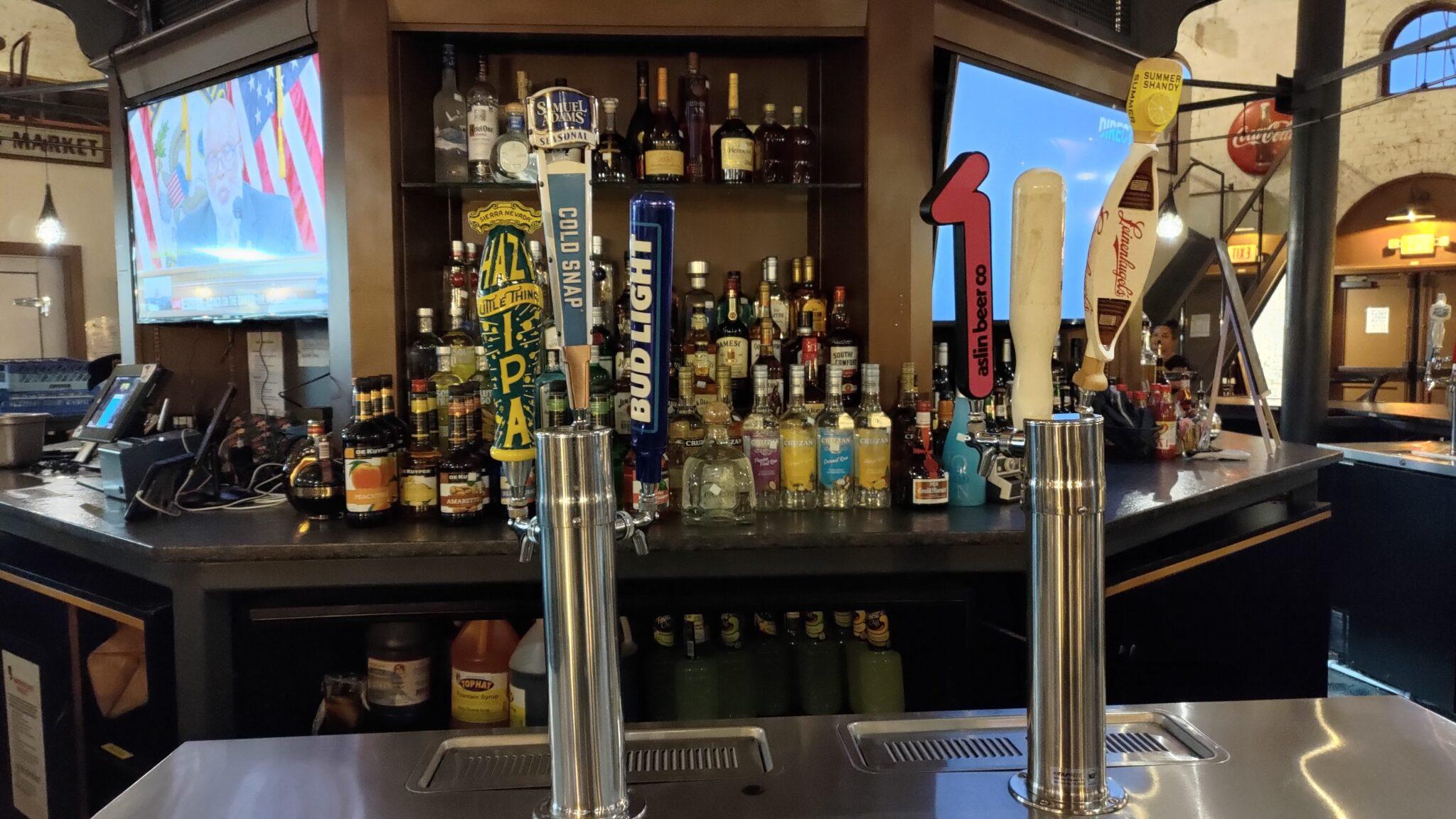Chinese Wholesale: How Smart Importing Can Build a Better Business

If you’re past 40 (or closing in), and you’re exploring business opportunities or side hustles, the idea of Chinese wholesale often comes up. There’s a reason for that: it’s a path many entrepreneurs use to access factory pricing, scale inventory, and build margin. But it’s not a silver bullet. Done poorly, it brings headaches — quality issues, customs surprises, communication barriers. Done well, it becomes a quiet engine of growth.
In this piece, we’ll dig into what Chinese wholesale really means, how to approach it with wisdom (and protection), and what a man over 40 should watch out for when dealing with suppliers in China. If you’re someone who wants to build something real — not just hype — then let’s get practical.
What Does “Chinese Wholesale” Really Mean?
“Chinese wholesale” commonly refers to purchasing goods in bulk from manufacturers or suppliers in China, at a price below what local distributors or retailers charge. The difference is often in:
-
Volume discount: The more you buy, the lower the per-unit cost.
-
Direct sourcing vs middlemen: Going direct to the factory can cut out margins, but involves more risk and oversight.
-
Customization: Many Chinese factories will allow private labeling, modifications, or packaging tweaks — if your order justifies it.
-
Global reach: China remains a global manufacturing hub, especially for electronics, apparel, accessories, tools, home goods, and more.
However, “cheap” does not always mean “good value.” The goal is not to chase the lowest sticker price, but the best combination of cost, quality, reliability, and ease of logistics. For a man who has built something over time, it’s about smart leverage, not cutting corners.
Why Consider Chinese Wholesale (Especially After 40)
Why take on the complexity of importing from China? Here are some advantages — and caveats — especially relevant to someone in midlife or beyond:
Advantages
-
Leverage purchasing power
When budget, time, or local suppliers limit your growth, tapping into China’s manufacturing capacity lets you punch above your weight. -
Access product variety
You’ll find products or components that are difficult to source domestically, sometimes with customization options that local suppliers won’t entertain. -
Better margins (if well-managed)
In a mature phase of business, increasing margins can mean more breathing room, reinvestment, or eventually scaling without needing huge volume. -
Control your brand
Through private labeling or white labeling, you can own the brand identity even while leveraging low-cost production. -
Learning curve = asset
The knowledge you gain about international trade, quality control, logistics, currency, and negotiation becomes an asset itself over time.
Risks & Challenges
-
Quality inconsistency: Factories often produce many SKUs; standards may vary.
-
Communication & culture gaps: Language, time zones, expectations — all can create friction.
-
Logistics, customs, and fees: Import duties, shipping delays, port congestion, documentation errors — every one of these can eat into profit.
-
Minimum order quantities (MOQs): Factories often demand high minimums; too much capital gets locked in.
-
Intellectual property and copying risk: If your designs or branding are unique, you must take care to protect them.
With the right mindset and systems, these challenges can be mitigated. Let’s walk through the practical steps.
How to Start Smart with Chinese Wholesale
If you’re seriously considering importing as part of your business growth or side venture, here’s a structured approach:
1. Choose Your Product (and Niche)
Don’t begin by scanning endless factory catalogs. Start with something you know or have tested locally. Ask:
-
Is there demand in your market?
-
Can I spot issues in quality before importing?
-
Are there local regulations or certifications required (e.g. electronics, safety, chemicals)?
-
How heavy or bulky is it (shipping cost sensitivity)?
Focus on a small SKU set at first — maybe 1–3 variants — to limit risk.
2. Source Reputably
Look for Chinese suppliers with credible track records:
-
Factories over traders, when possible (less margin layering)
-
Verified via trade platforms, trade fairs, or referrals
-
Ask for sample orders first
-
Request factory photos, videos, or live video call inspections
-
Check certifications or audit reports (ISO, safety, factory capacity)
Don’t let the lowest bidder lure you in without scrutiny.
3. Negotiate Smart Terms
Negotiation is about clarity, not trickery. You want:
-
Clear specs (materials, tolerances, finishes)
-
Payment terms (deposit, balance, escrow)
-
Lead times and penalties for delays
-
Packaging, labeling, and artwork deliverables
-
Quality control checkpoints (before shipping)
-
Shipping (FOB, CIF, DDP) and responsibilities
Remember: negotiation isn’t about pushing someone to bleed. It’s about aligning expectations.
4. Order and Inspect Samples
Before committing a large order:
-
Order a full functional sample (not just a prototype)
-
Test for durability, performance, finish, consistency
-
If possible, order 2–3 samples to test variations
-
Use third‑party inspections (QC agents) to check batches
This sampling phase is your safety net.
5. Manage Production & QC
When the factory begins production:
-
Schedule mid‑production inspections
-
Require photo or video evidence of assembly, packaging, labeling
-
Use a third‑party QC inspector for random batch checks
-
Use clear acceptance criteria in writing
If defects exceed a threshold (say 2–5 %), negotiate how to remedy or reject.
6. Logistics, Shipping & Import
Decide your shipping terms. Common ones:
-
FOB (Factory ships to port; buyer handles shipping)
-
CIF (Cost, Insurance, Freight included to destination port)
-
DDP (Delivered Duty Paid to your warehouse)
Understand:
-
Ports of entry, customs duties, taxes
-
Freight forwarding, consolidation, warehousing
-
Delays risks (holidays, shipping congestion)
Work with a trusted freight forwarder, and always overestimate lead time rather than trusting estimates.
7. Launch & Receive Feedback
Once your inventory lands:
-
Test inbound units for defects
-
Stock into local warehouses, distribute to retailers or direct customers
-
Capture customer feedback carefully
-
Plan for reorders — when to reorder, how much buffer to include
Don’t scale until your first batch proves stable.
Common Mistakes & How a Man Who Knows Better Can Avoid Them
Because you've had decades of experience in life, business, negotiation, you already have an edge. Avoid these rookie mistakes:
-
Chasing lowest price only
The lowest quote often hides corners cut. Always weigh reputation, consistency, and after-sales support. -
Skipping sample inspections
If you skip samples and send a full order blind, you leave too much to chance. That’s gambling. -
Ignoring communication clarity
Misunderstandings about metric vs imperial units, material grades (e.g. “ABS plastic” can mean many things), or color codes lead to disaster. -
Over-leveraging capital
Don’t spend 100% of your working capital on one order. Always leave buffer. -
Neglecting contingencies
Plan for delays, skews, increase in freight costs, customs hiccups. Every plan should assume friction. -
Failing to protect IP
If you have a unique design, get patents, trademarks, or maintain secrecy. Ask for non-disclosure or design protection in contracts. -
No exit or fallback plan
If a supplier fails, you should have alternate suppliers or backup inventory sources.
You know adversity, you know life throws curveballs. Expect disruption, and build resilience.
Scaling, Reorders & Long-Term Strategy
Once your first run succeeds, here’s how to scale smartly:
-
Negotiate better with volume
Use successful past orders to renegotiate pricing, better payment terms, more flexibility. -
Diversify suppliers
Don’t rely on a single factory; have at least one backup. If supply chain or geopolitical risks hit, you won’t be paralyzed. -
Improve inventory forecasting
As you accumulate sales data, refine reorder windows, safety stock, and just-in-time inventory to reduce cash lockup. -
Bundle & expand SKUs
Once core SKUs penetrate your market, add adjacent variants or complementary products — cross‑selling becomes easier. -
Strengthen branding & packaging
Use custom packaging, inserts, manuals, and presentation. Your brand becomes the differentiator, not just the price. -
Localize service & warranty
Offer local returns, replacement parts, or warranties. That builds trust with customers who worry about importing. -
Continuous quality audits
Even trusted factories can drift in standards. Schedule periodic audits, rotate QA inspectors, monitor defect rates. -
Leverage forward logistics hubs
Use overseas warehouses or bonded warehouses to reduce shipping cost and delivery time for customers. -
Engage with factory innovations
If your supplier innovates a new material or process, you may get early access. Be curious, ask questions, push for R&D.
Case Study (Hypothetical, but Realistic for Our Audience)
Let’s say you decide to import a line of premium men’s grooming kits (razors, brushes, stand). You:
-
Start with your local market: test a single kit in small quantity
-
Select a factory in China with grooming experience, ask for references
-
Order 3 sample kits, test them for weight, balance, finish, longevity
-
After satisfaction, place a small batch (say 500 units) under FOB terms
-
Use a QC agent to inspect 10% of units before shipment
-
Ship via sea freight, allowing 4–6 weeks — pad for delays
-
On arrival, use 30 units as breakage/spares, integrate the rest into your sales channels
-
Customer feedback shows one variant’s handle loosens — fix that in reorder
-
Use initial success to negotiate double the volume with a 5% price discount
-
Expand SKU variant (e.g. rose gold finish) once baseline is stable
Over 12 months, you’ve turned that small experiment into a trusted product line that sells domestically — with room to grow regionally.
Discipline, Integrity & Patience Over Hype
Chinese wholesale is not a magic wand. It’s an instrument — powerful, when wielded with discipline, integrity, and patience. For men over 40 (or men simply wanting to build something that lasts), the path is rarely about chasing the fastest or flashiest deal. It’s about steady margin growth, risk mitigation, trust, and long-term relationships.
When dealing with Chinese wholesale:
-
Prioritize quality and consistency over lowest cost
-
Communicate with clarity and respect
-
Inspect, sample, test before committing
-
Build buffer, backup plans, and flexibility
-
Stay present in operations, at least until the system is stable
-
Iterate and refine — your first order rarely is perfect
If you approach this with honesty, grit, and a sense of craftsmanship, you’ll find that the complexity becomes a strength. You’ll understand supply chains, sourcing, and product design in ways that many businesses never do. And over time, importing from China can become not a gamble, but a foundation for scalable, margin-rich business.







